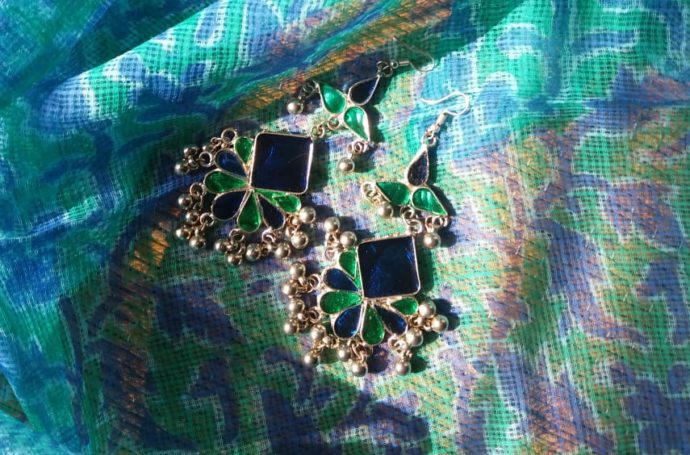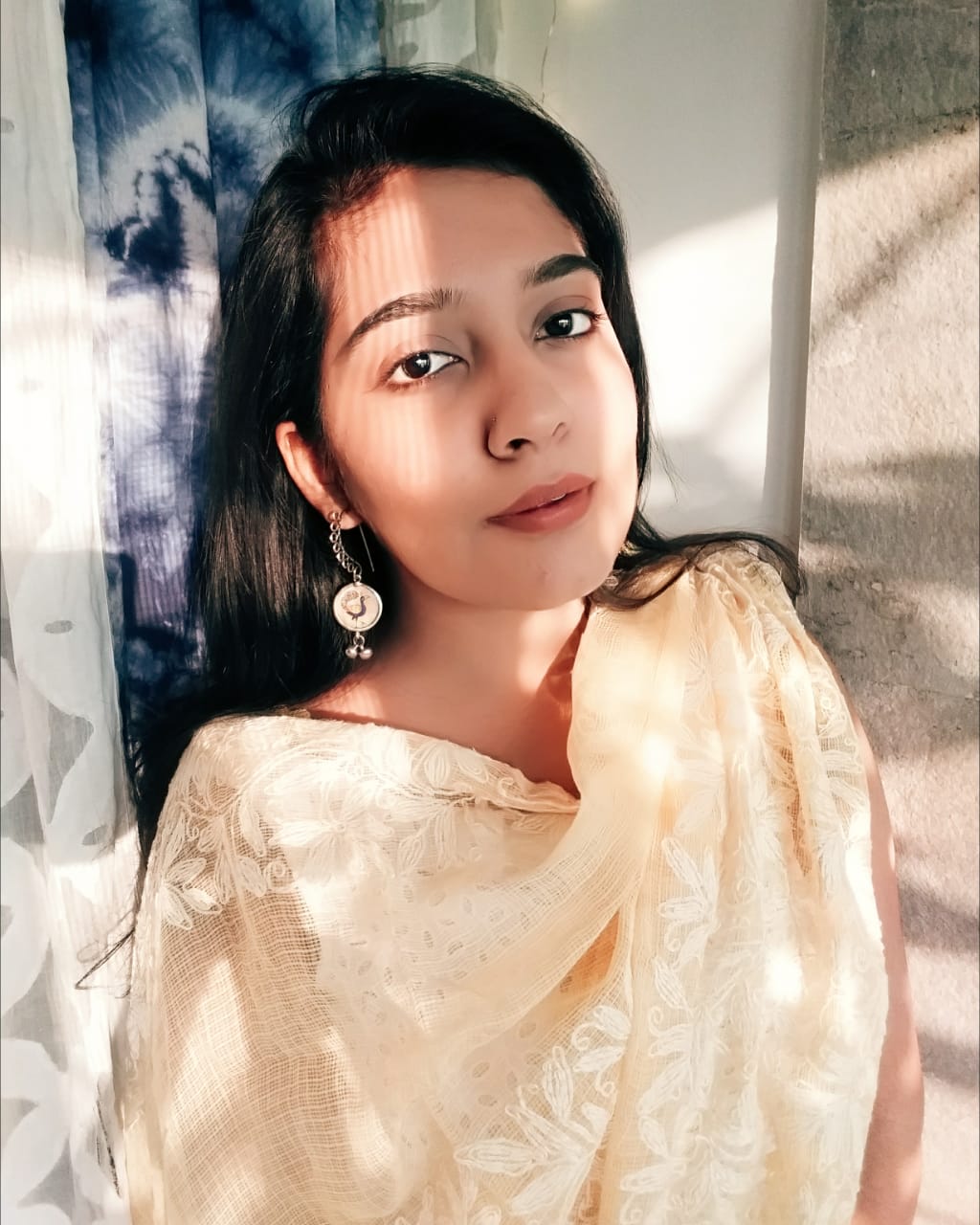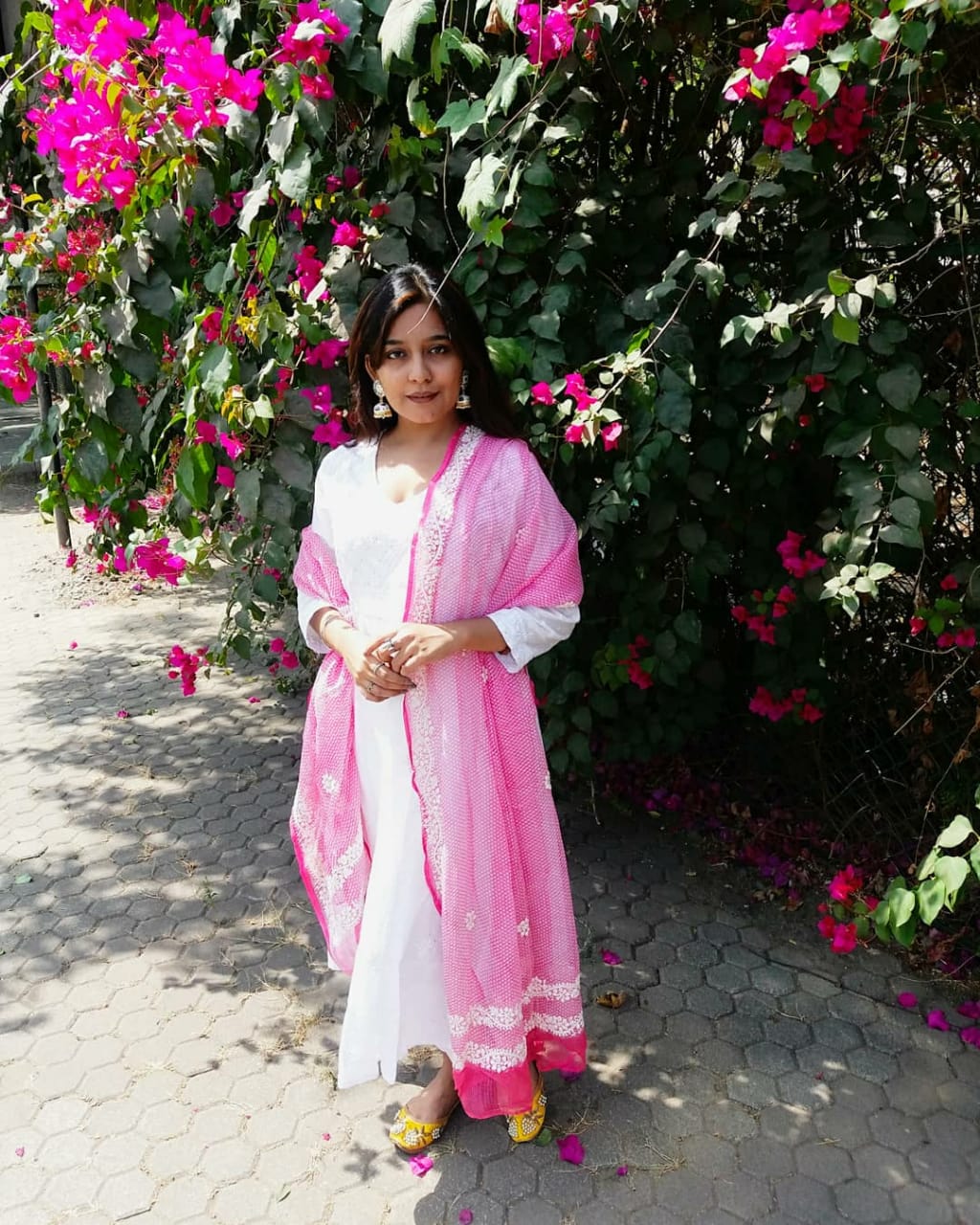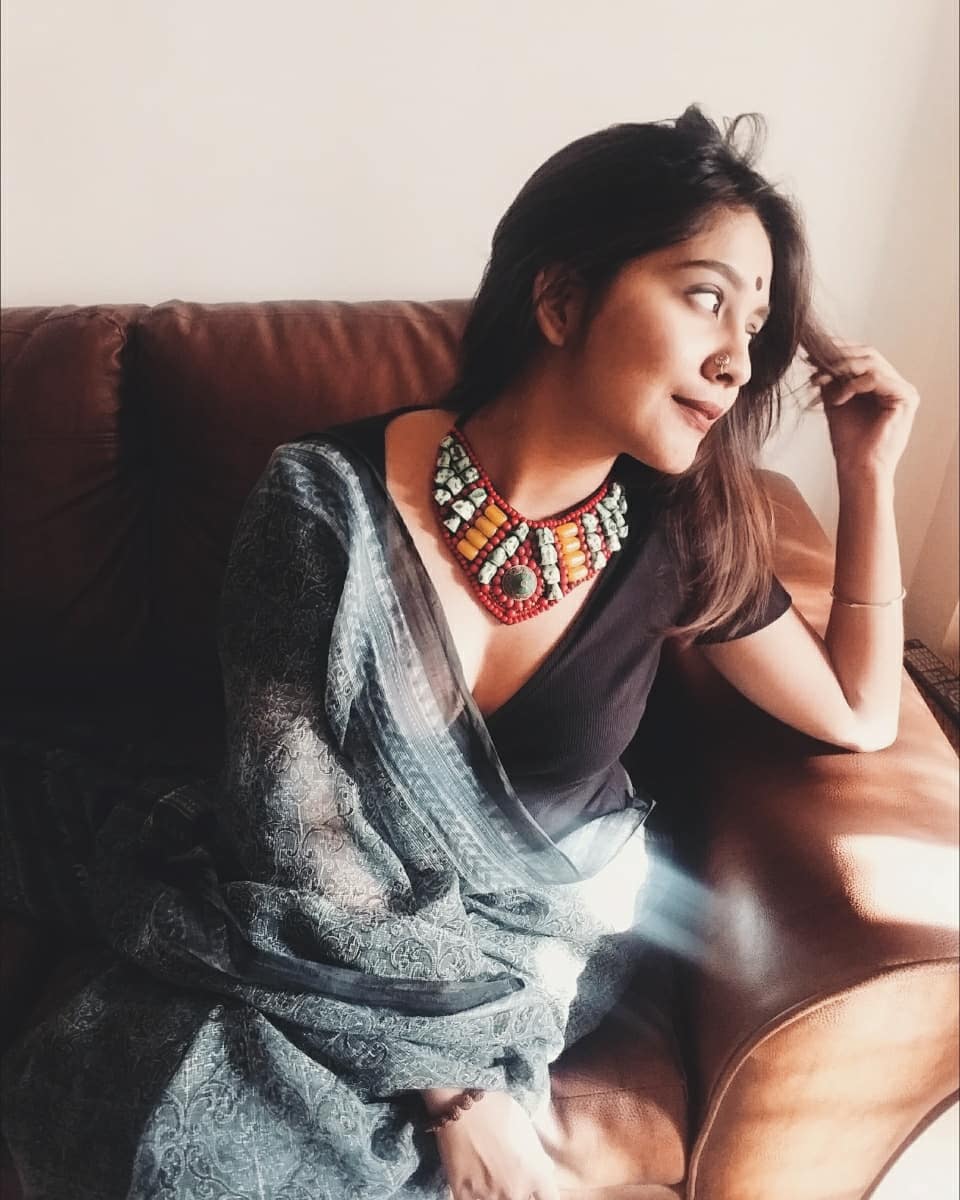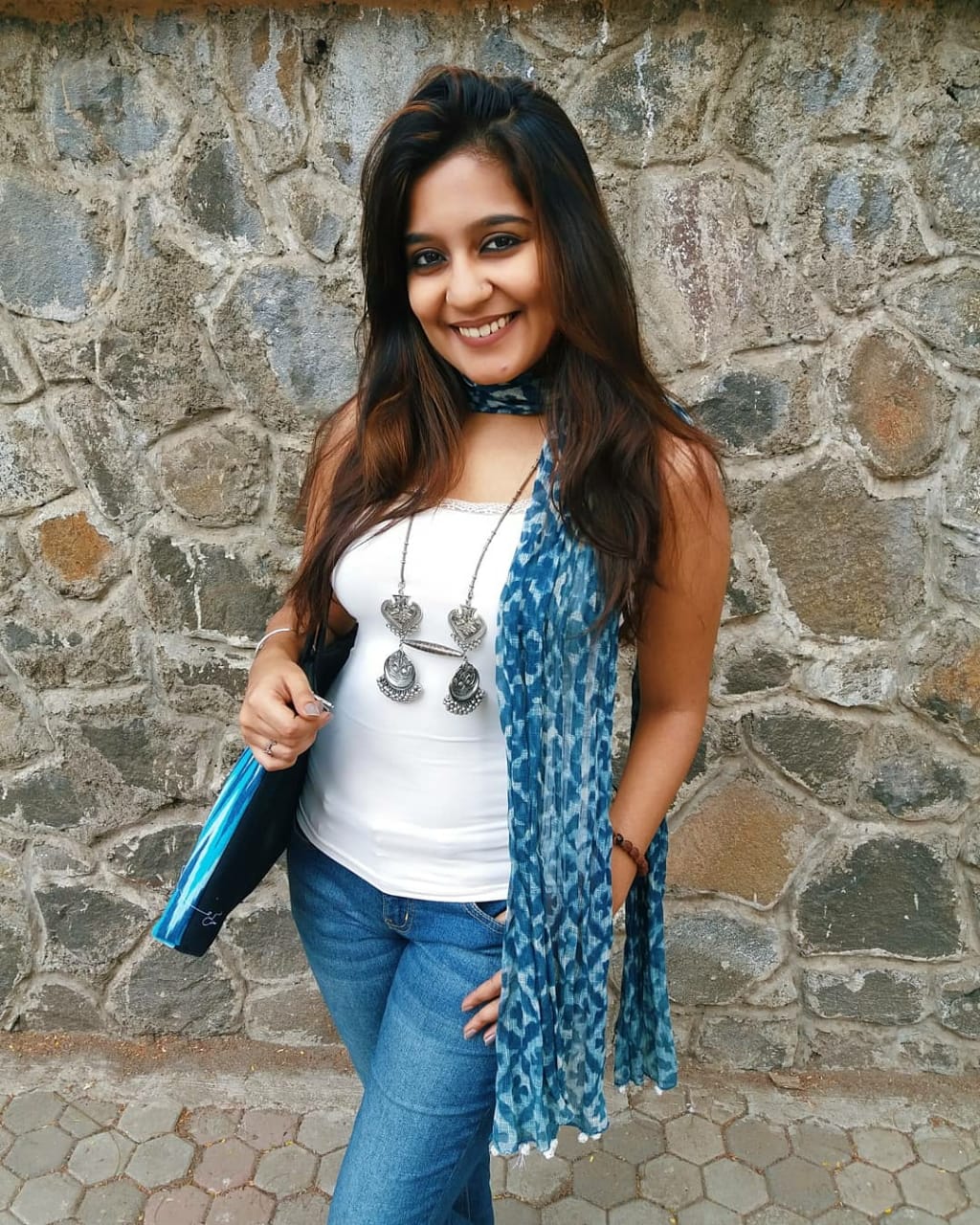Kaithoon, a village of about 15,000 people in Rajasthan, is home to the ethereal kota doria weave. With 2500 looms, it houses weavers who have been working here for 300 years – their forefathers were brought here from Mysore in the 17th century by Maharao Kishore Singh, a general in the Mughal Army. This textile is locally known as Kota Masuria, because of it’s roots in Mysore. A true blue Kota Doria combines cotton and silk yarns in a distinctive fine check pattern, resembling translucent graph paper. Each of these checks is known as a khat, and when seen up close is a series of squares within squares that have a distinctive ratio of cotton and silk yarns. Another unique feature of this seemingly delicate textile is the organic technique used to fortify it’s yarns before weaving – they are smeared in onion juice and rice paste, which makes the yarn so strong that no additional finishing is needed!
Kota doria may have first been used for the paag or turban worn by men, and eventually the looms were widened to weave broader fabric for the traditional costume of Rajasthani women – half saris or odhanis, worn over their long skirts or ghaghra. Like every weaving cluster, it started out as a necessary provider for the local market and niche dress culture. Today, kota doria weaving has transformed to suit changing fashions, with an enterprising production of sarees, scarves and fabrics that give it room to flourish in the modern sustainable fashion narrative.
A typical kota doria weaving cluster, contrary to presumption, will not be a male dominated space. Weavers include both men and women, and there has been a positively steady rise in women weavers in this tradition – which is delightful because of it’s ability to empower women at the grassroots of a patriarchal society. There have been women weavers who represent the third and fourth generation of their matriarchal weaving lineage. This skill was passed on to daughters, who were given a loom each when they were married into other weaving families in the town. Women of all ages, along with men, participate in weaving and it’s associated processes, which help them all contribute economically to the family income. (Source: This beautiful article by the Kota Heritage Society provides an intimate insight into the life and stories of the women who weave in Kaithoon. Go have a look!)
#ReviveStyleKotaWeek welcomes the summer by celebrating this eclectic, beautiful textile – it’s cottony softness, airy checks, lightweight sashay makes it an emblem of sunny days and fields in bloom! Here’s how my kota outfits have come along so far:
Which one did you like best? Do you have a Kota Doria in your closet? Post it on the ‘gram with #ReviveStyleKotaWeek to join in this celebration of handloom heritage!

